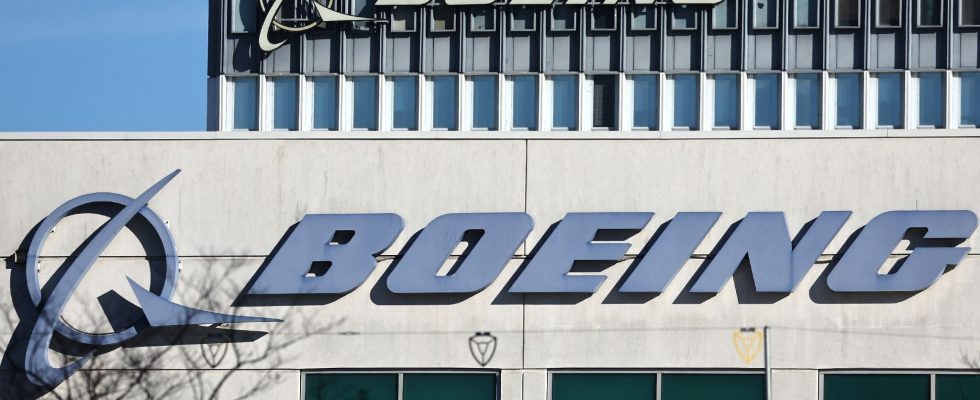“At the end of the day, this is a systemic change. There is a lot to do,” Mike Whitaker, head of the FAA, told the press on Thursday, May 30, after a three-hour meeting with Boeing executives. They presented the “comprehensive action plan” required by the FAA after the incident that occurred on January 5 on an Alaska Airlines 737 MAX 9.
The new aircraft, delivered in October, lost a cap holder – a cover blocking a redundant emergency exit – in flight that day, causing only a few minor injuries. In the process, the regulator grounded the 171 examples thus configured and investigated Boeing, which accumulated production problems throughout 2023 on the 737, its flagship model, and on the 787 Dreamliner.
According to a preliminary report from the Transportation Safety Agency (NTSB), several bolts securing the cap holder were missing. On February 28, the FAA demanded that Boeing submit a plan within 90 days “to address its systemic quality control issues in order to achieve the FAA’s non-negotiable safety standards.” Progress updates were carried out at thirty then sixty days.
Key indicators
This “roadmap” includes in particular “six very distinct key performance indicators which will allow us to monitor in real time” the quality of production. These indicators (KPI) “will constitute our dashboard to see what they are doing in terms of safety”, affirmed the head of the regulator, leaving it to Boeing to provide possible details.
They will allow a continuous evaluation of production, to alert very early on the emergence of quality and safety risks and to monitor improvements, explained the group in a summary of the plan, in eleven pages, published Thursday at the beginning evening.
According to Stephanie Pope, head of Boeing’s commercial aviation branch since the end of March, this plan is structured around four categories: “significant investments” in staff training, a “simplification” of the industrial process, the strengthening of the culture of safety and quality” as well as “specific measures” to control and manage the state of the production system. “It’s a start, we will continue to undertake actions”, she indicated , in an earlier message to employees.
Chief executive Dave Calhoun, who is due to leave by the end of 2024, spoke of the “confidence” of executives and assured that Boeing would fulfill “its responsibility to passengers to continue to provide safe, high-quality aircraft.” Weekly and quarterly meetings are planned between Boeing and the FAA, which will increase its quality inspectors in the factories of the aircraft manufacturer and its main supplier, Spirit Aerosystems. This plan was to incorporate the findings of the FAA audit as well as the 53 recommendations of a commission of independent experts who concluded that Boeing’s safety system had deficiencies.
